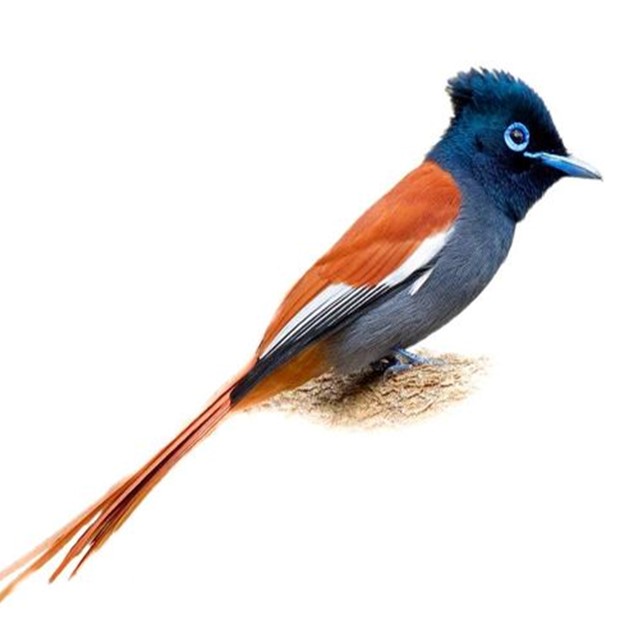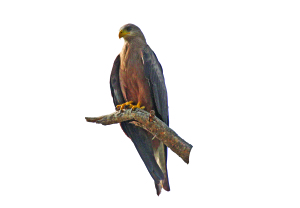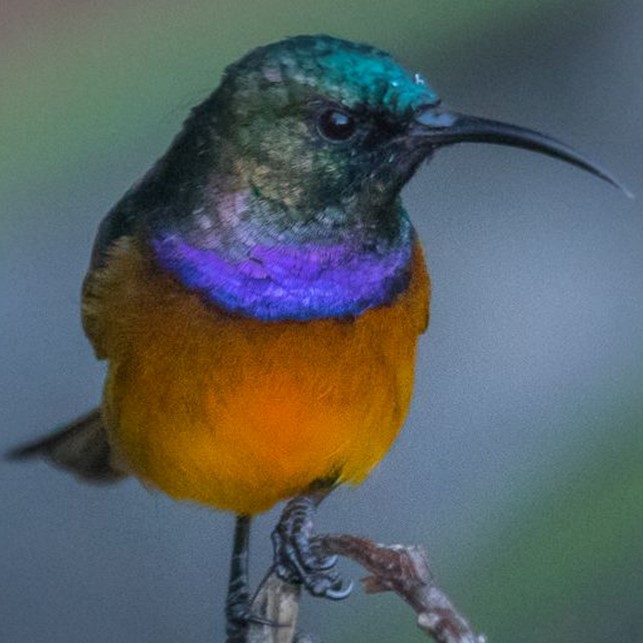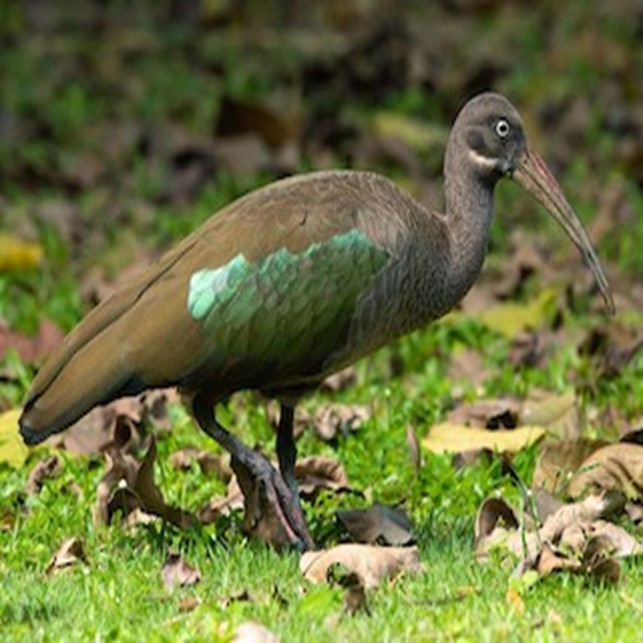The Nairobi Arboretum is a birdwatching paradise, a home to over 100 different species of birds, both migrating and resident. The Arboretum’s wide variety of habitats and micro-climates ranging from shady, thick tree cover to sunny, open grassy meadows, to the cool, moist banks of the ‘Kirichwa Kubwa’ river, are what attracts and sustains such a diversity. Some unique birds include European Grey Wagtail migrants, Asian Eurasian Cuckoo, Willow Warblers, as well as certain rare forest-dependent birds which have been recorded in the arboretum.
Early morning and late afternoon are the best times to go birdwatching since many species are feeding, nesting, or interacting in their natural habitat. Both beginners and experienced birders can enjoy the variety of birdlife to be found here. Some of the most notable ones or common birds to be seen in the Arboretum with relative ease in different habitats as follows:
African paradise flycatcher (Terpsiphone viridis)

A medium-sized bird with male two central tail feathers of the are extended into streamers while female tail feathers are of moderate length and without streamers. The upper parts of the male body, wings, and tail are boldly coloured in chestnut or rusty shades, but the underparts and the head are variably grey to blue-gray. The female coloration is similar, though not so showy and glossy and with the head paler. The African paradise flycatcher feeds mainly on insects.
Black kite (Milvus migrans)

This is one of the more commonly seen bird in Nairobi. It is medium-sized bird of prey and more so a scavenger although sometimes it hunts and captures live rodents and reptiles. Black kites are actually brown and not black as many people see it in the field. It has a shallowly forked tail and adults have yellow bills. They are superbly acrobatic fliers, emitting a quavering whistle. Quite regularly, they will dive-bomb picnickers and grab food on the wing.
Turacos
Hartlaub’s turaco (Tauraco hartlaubi).

It is a common highland turaco, dark–headed with an iridescent blue-black crest, both sides of the face marked with conspicuous white Loral spots. Bright reds on flight and a dark red bill, it is a fruit eater.
Purple-crested Turaco (Tauraco porphyreolophus chlorochlamys).

This is a new visitor to the Arboretum. It is common and very local in open woodland and riverine forest and sometimes may be found on scattered trees and tall euphorbias. It is a dark turaco with iridescent purple crown and shining green forehead. No white around eyes.
Bronze sunbird (Nectarina kilimensis).

Bronze sunbirds have a long, thin, well-curved bill. The male is all-dark, with beautiful bronze-green metallic reflections in sunlight, a long tail and a curved beak. The female is much plainer in appearance, with a shorter tail, an olive-brown back and yellow underparts. The diet of the bronze sunbird is very specific limited to Nectar, Sunbirds are often seen, delicately perched, sipping nectar from tubular flowers, such as Aloe, Erythrina and Leonotis. Spiders and Insects. The insects that they consume include Ants, Coleoptera (beetles), Hemiptera (bugs), Hymenoptera (wasps, bees and ants), Diptera (flies), and termites

Common bulbul (Pycnonotus barbatus)
The common bulbul is considered one of Kenya’s most widespread birds. It its brown above, with a dark head and throat, white underparts and a very distinctive yellow under the tail coverts.
Hadada ibis (Bostrychia hagedash),

This named so for its loud three to four note calls uttered in flight especially in the mornings and evenings when they fly out or return to their roost tree. It is large dark, stocky bird, with glossy tinges of green, purple and bronze on its wings, is often seen on the lawns or near the river, probing for insects with its long curved bill.
Other birds include the African black duck, Variable sunbird, Olive thrush, Baglafecht weaver, Speckled mouse bird, Cinnamon-chested bee-eater, Bronze manikin, White-eyed slaty flycatcher, Hadada ibis, Red-eyed dove, African goshawk, Little sparrow hawk, African harrier hawk, Silvery-cheeked hornbill, Grey-olive greenbul, and African goshawk, various types of weaver birds, etc.
Rare birds
Some of the rarer forest-dependent birds recorded include the Grey-olive greenbul (Phyllastrephus cerviniventris), Narina trogon (Apaloderma narina) and Ayres’ hawk eagle (Hieroaetus ayersii).
Migrant birds
Migrants recorded from Europe and Asia include the Grey wagtail (Motacilla cinerea), the Eurasian cuckoo (Cuculus canorus), and the Willow warbler (Phylloscopus trochilus).
Bird ringing
Bird ringing was in the past regularly carried out at the Arboretum by the Department of Ornithology from the National Museums. This involves the capture of birds in mist nets, then tagging and release. The exercise, over time, provides valuable scientific data.
There are many more birds to observe in the Arboretum, particularly among the harder-tosee, forest-dwelling species. So stop, stand still and listen to the sounds of the forest birds, more often heard than seen.